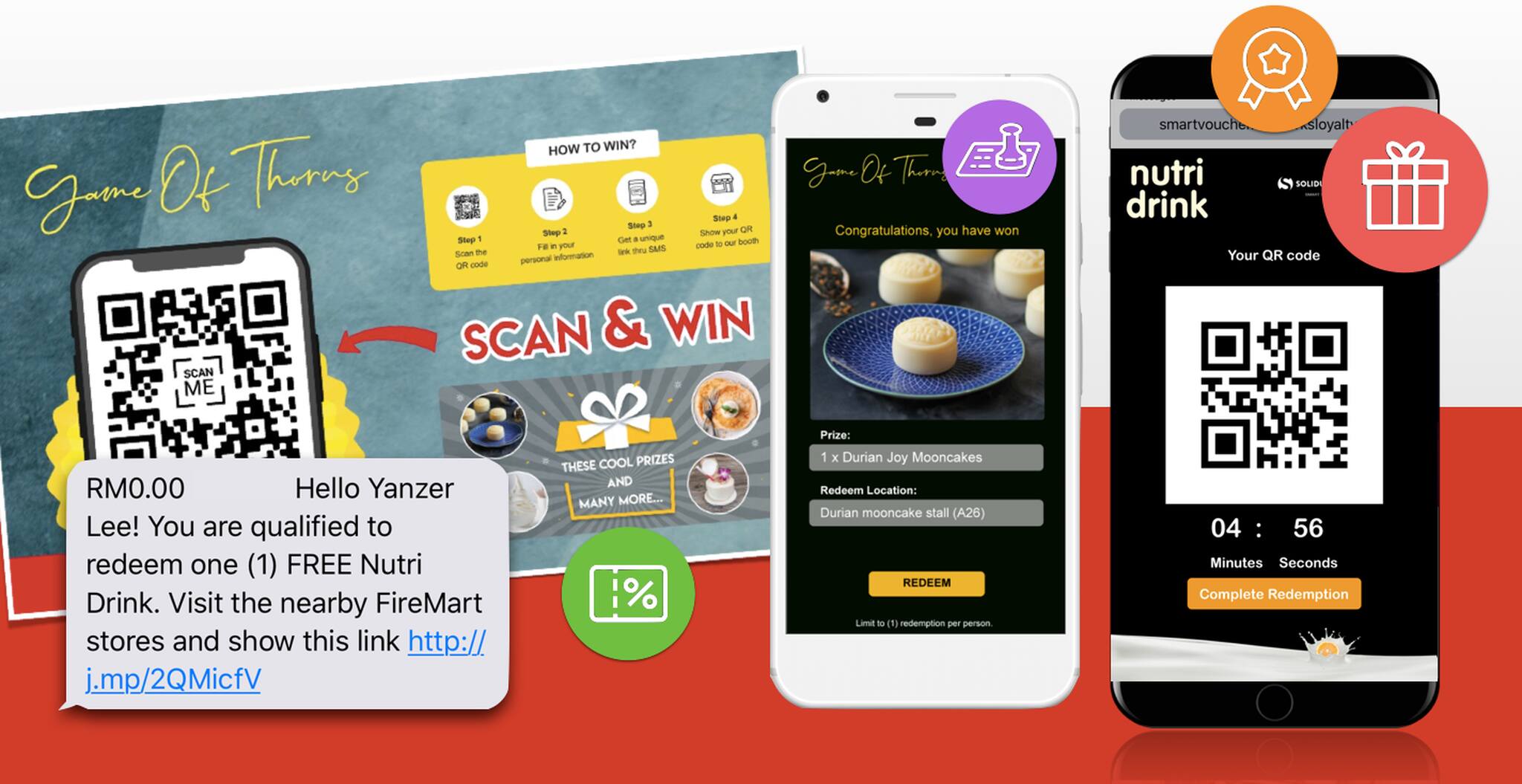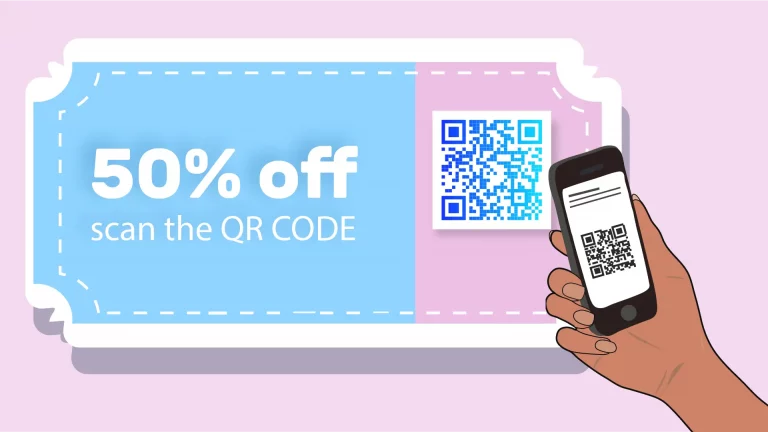Why a Loyalty System Is Necessary for Increasing Client Retention Prices
Wiki Article
Boost Client Retention With a Powerful Loyalty System
In today's affordable market, improving client retention is not just useful but crucial for continual development. A well-designed loyalty system serves as a pivotal device in this venture, promoting significant partnerships between organizations and their consumers. By recognizing the fundamental components of reliable commitment programs, organizations can customize their strategies to satisfy diverse consumer requirements.Importance of Customer Retention
Consumer retention is a foundation of sustainable organization success. It reflects the ability of a company to maintain its clients involved and satisfied in time, causing duplicate purchases and long-lasting profitability. Maintaining existing customers is commonly a lot more economical than obtaining new ones, as it reduces advertising costs and promotes a loyal client base that advocates for the brand.
In addition, high customer retention rates can enhance a firm's online reputation in the market, bring in brand-new clients with positive word-of-mouth and references. Services that focus on client retention are likewise better placed to collect beneficial responses, allowing them to improve their offerings and address possible concerns proactively. Eventually, effective client retention approaches produce a solid foundation for growth, allowing companies to thrive in a significantly affordable landscape.
Trick Elements of Loyalty Programs
A well-designed loyalty program works as an effective device for improving customer retention by giving incentives that motivate repeat business. To attain this, a number of crucial components should be included right into the program.First, a clear structure for incentives is crucial. Clients ought to quickly recognize exactly how to earn points or benefits, which can be based upon purchase frequency, investing degrees, or details activities like recommendations. This openness promotes trust fund and encourages involvement.
2nd, customization plays a vital function. Customizing incentives and interaction to private choices enhances consumer satisfaction and enhances relationships. By leveraging data analytics, businesses can supply targeted promotions that resonate with clients' rate of interests.
Third, ease of use is vital. A seamless sign-up process and an intuitive interface for tracking rewards can considerably improve client experience. If consumers discover it difficult to navigate the program, they may disengage.
Finally, regular interaction and updates concerning the program maintain it top-of-mind for customers. Notifying them of brand-new rewards, unique deals, or program changes assists maintain interest and involvement.
Including these parts efficiently can lead to a much more effective loyalty program that considerably improves client retention.
Sorts Of Loyalty Systems
Exploring different kinds of commitment systems reveals unique techniques that companies can take on to cultivate customer retention. One typical type is the points-based system, where clients make points for each acquisition, which can later on be retrieved for rewards. This uncomplicated strategy incentivizes repeat acquisitions and maintains customers involved.Cashback commitment programs, where clients get a percentage of their purchases back as money or store debt, are additionally preferred. This version directly rewards investing, producing a prompt reward for clients to return.
In addition, subscription-based commitment systems give clients with unique advantages for a repeating cost. This technique not only ensures a stable revenue stream however additionally cultivates long-term relationships with clients who value recurring rewards.
Lastly, experiential commitment programs concentrate on using distinct experiences, such as unique occasions or customized solutions, boosting psychological connections and brand name commitment. Each kind of commitment system uses special benefits, permitting services to straighten their strategies with client preferences.
Best Practices for Implementation
When executing a commitment system, businesses ought to prioritize comprehending their customer base to customize the program successfully. Performing extensive study to determine consumer motivations, preferences, and habits is crucial. This understanding will direct the design of the commitment program, guaranteeing it reverberates with the target market.Next, companies should select an appropriate structure for the commitment program. Alternatives might include point-based systems, tiered rewards, or experiential incentives. Selecting a design that aligns with customer assumptions can improve engagement. Furthermore, simpleness is important; clients ought to easily understand exactly how to make and redeem rewards.
Assimilation with existing systems is another ideal practice. The loyalty program must flawlessly get in touch with point-of-sale systems, mobile apps, and customer connection management (CRM) devices to supply a cohesive experience. Additionally, effective communication is important. Businesses should frequently promote the loyalty program via different channels, making certain clients are mindful of the advantages.
Finally, collecting continuous comments is necessary for continual renovation. Solicit customer input to improve the program and adjust to transforming preferences, ultimately promoting long-term loyalty and enhancing customer satisfaction.
Determining Commitment Program Success
Efficiently carrying out a loyalty program lays the foundation for gauging its efficiency. To determine success, organizations should establish clear metrics that straighten with their goals. Secret efficiency indicators (KPIs), such as client retention rates, typical purchase worth, and regularity of repeat acquisitions, give useful insights into program efficiency.
One more essential step is the redemption rate, which shows exactly how often customers use their benefits. A high redemption price commonly reflects a program's attractiveness and relevance to clients. Furthermore, tracking client engagement via involvement in exclusive promos or occasions can disclose fads in loyalty actions.
Client responses is additionally vital; studies and emphasis groups can brighten understandings of the loyalty program, highlighting locations for renovation. Moreover, assessing consumer lifetime worth (CLV) can aid quantify the economic influence of loyalty campaigns.
Carrying out these dimension methods enables services to evaluate the program's efficiency continuously. This data-driven approach enables educated decisions for maximizing offerings, enhancing client experiences, and inevitably cultivating much deeper customer loyalty. By consistently assessing these metrics, organizations can ensure their commitment programs progress in tandem with customer assumptions and market dynamics.

Final Thought
Finally, a that site well-structured loyalty program significantly enhances customer retention by fostering solid connections through personalized benefits and reliable communication. Applying best techniques makes certain that the program remains user-friendly and pertinent, while constant feedback promotes ongoing improvements. Ultimately, a powerful commitment system not only increases client fulfillment however additionally drives repeat acquisitions, developing a loyal customer base that is vital for lasting company success and maintained profitability.Retaining existing consumers is commonly much more affordable than obtaining brand-new ones, as it minimizes marketing expenses and fosters a devoted client base that advocates for the brand.
In addition, high client retention rates can enhance a company's track record in click this the market, drawing in brand-new consumers with positive word-of-mouth and recommendations.When carrying out a loyalty system, services should prioritize understanding their client base to tailor the program successfully. Businesses must routinely advertise the commitment program with various channels, making sure consumers are conscious of the advantages.
Ultimately, an effective loyalty system not only enhances client satisfaction but likewise drives repeat acquisitions, developing a devoted consumer base that is important for long-term service success and sustained success.
Report this wiki page